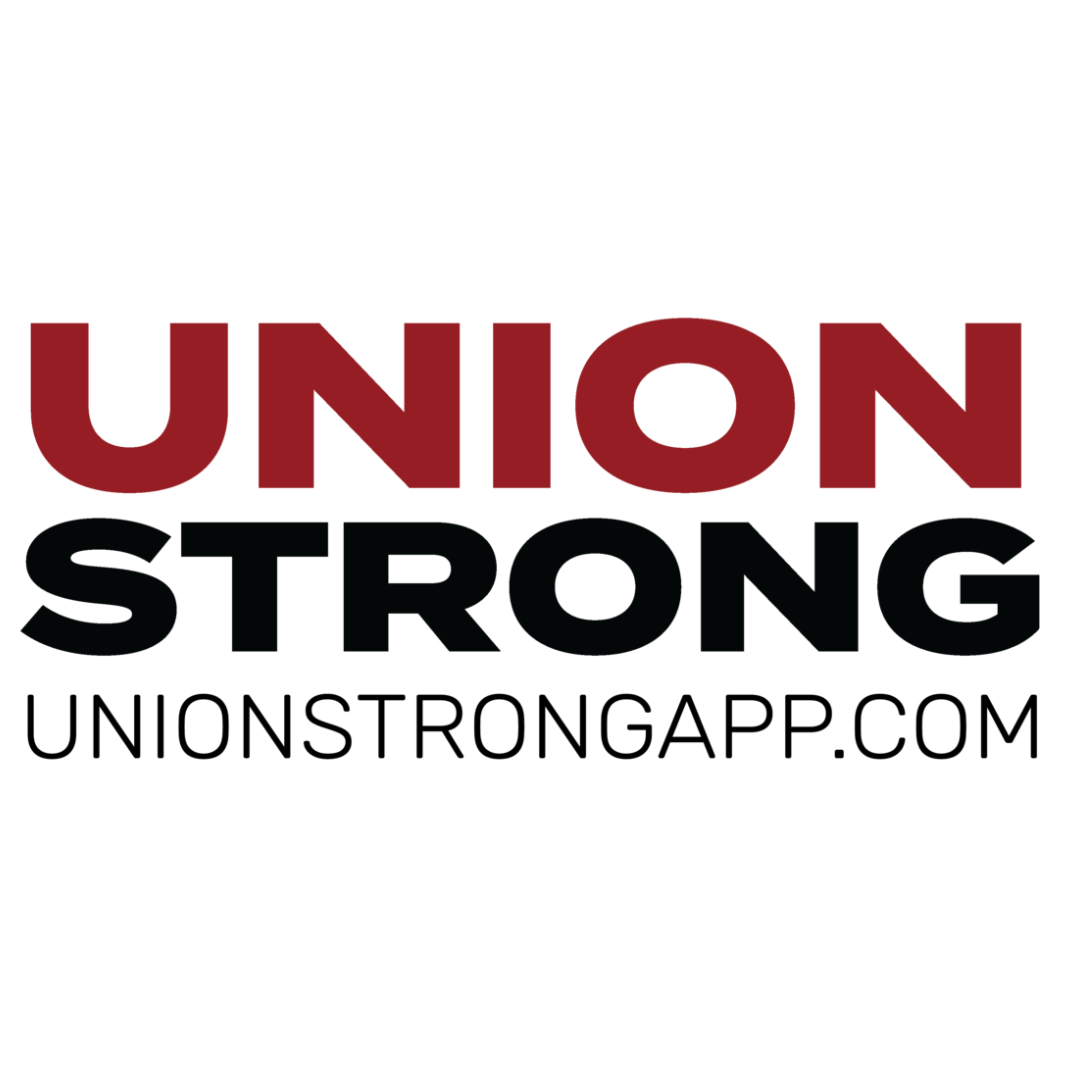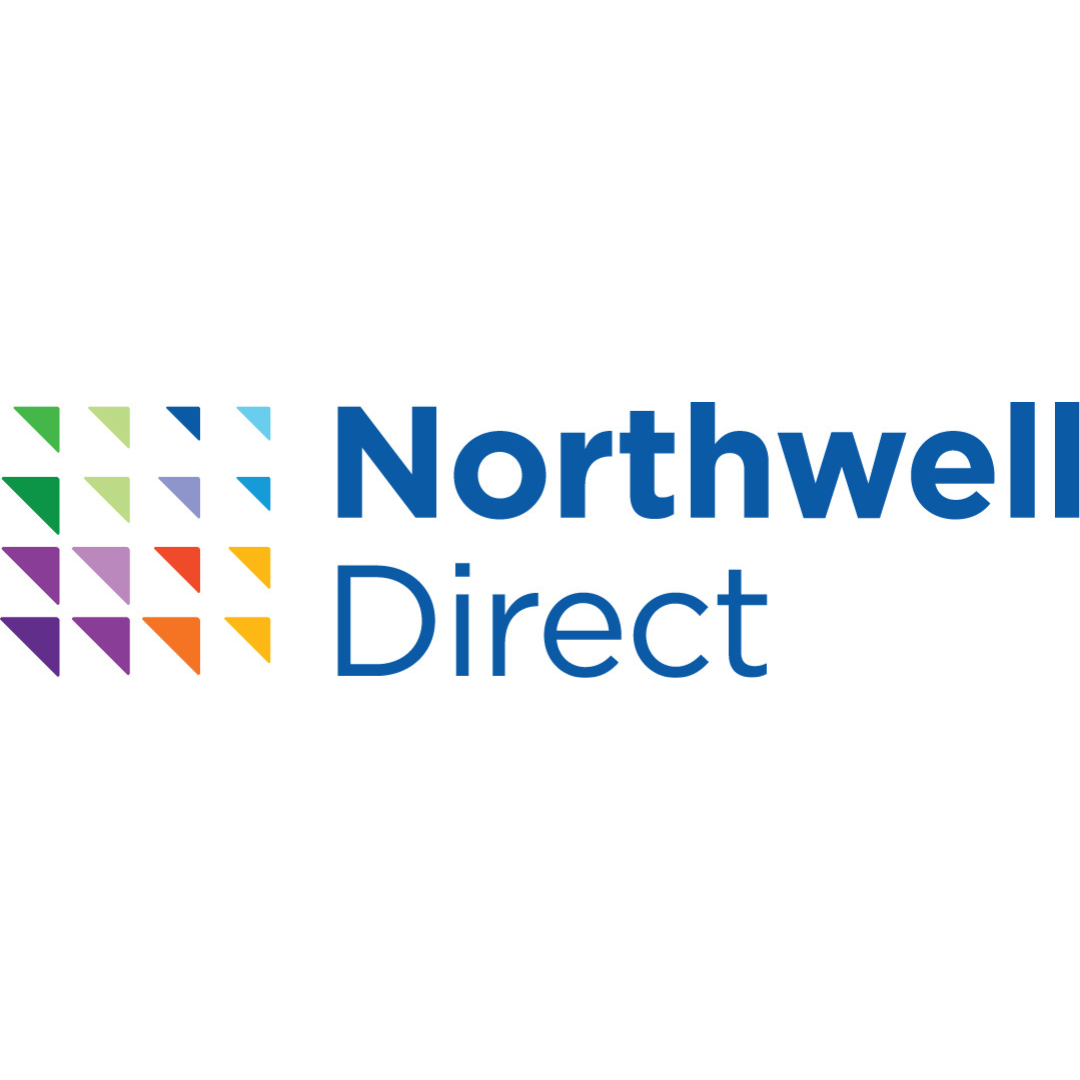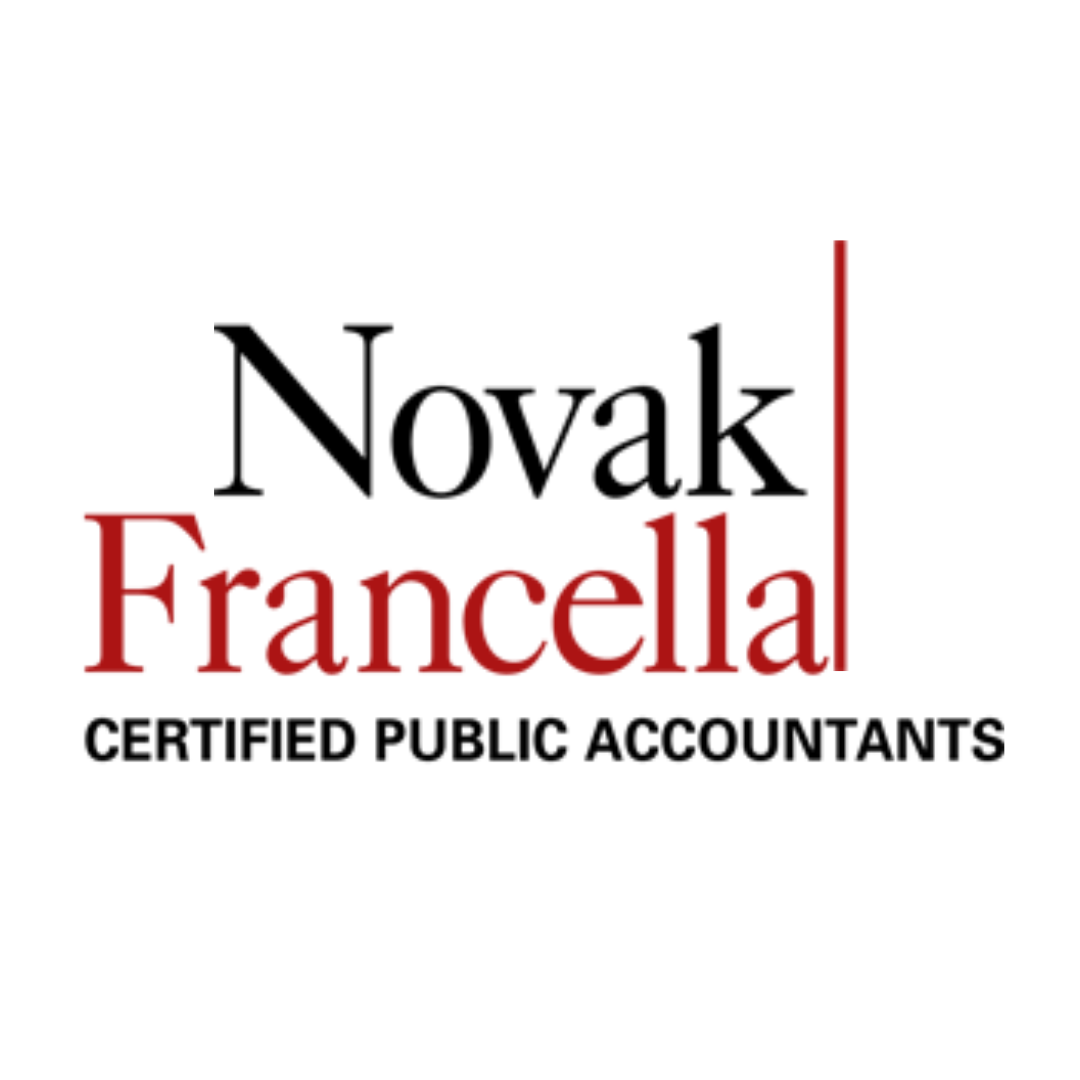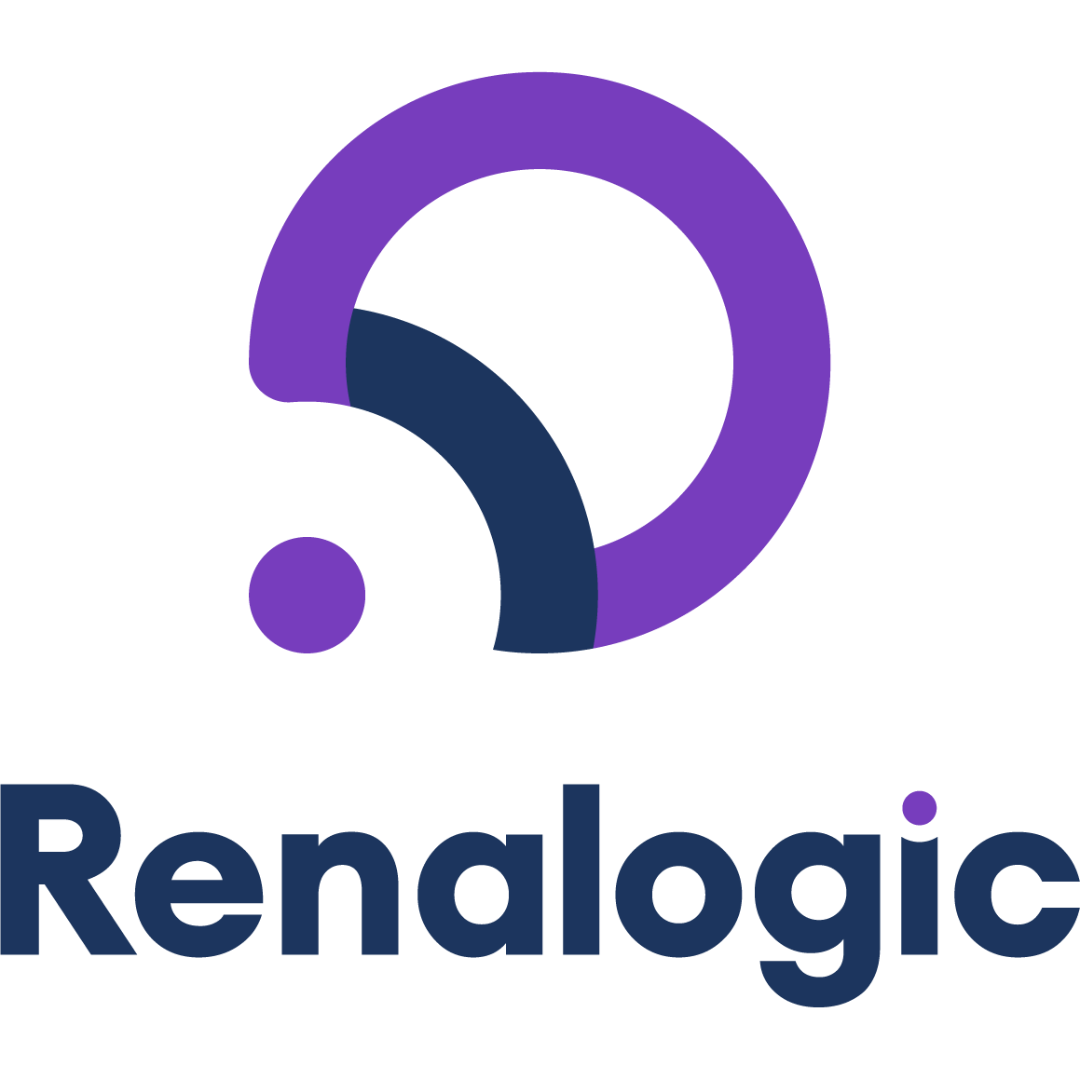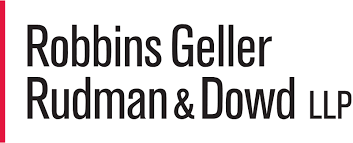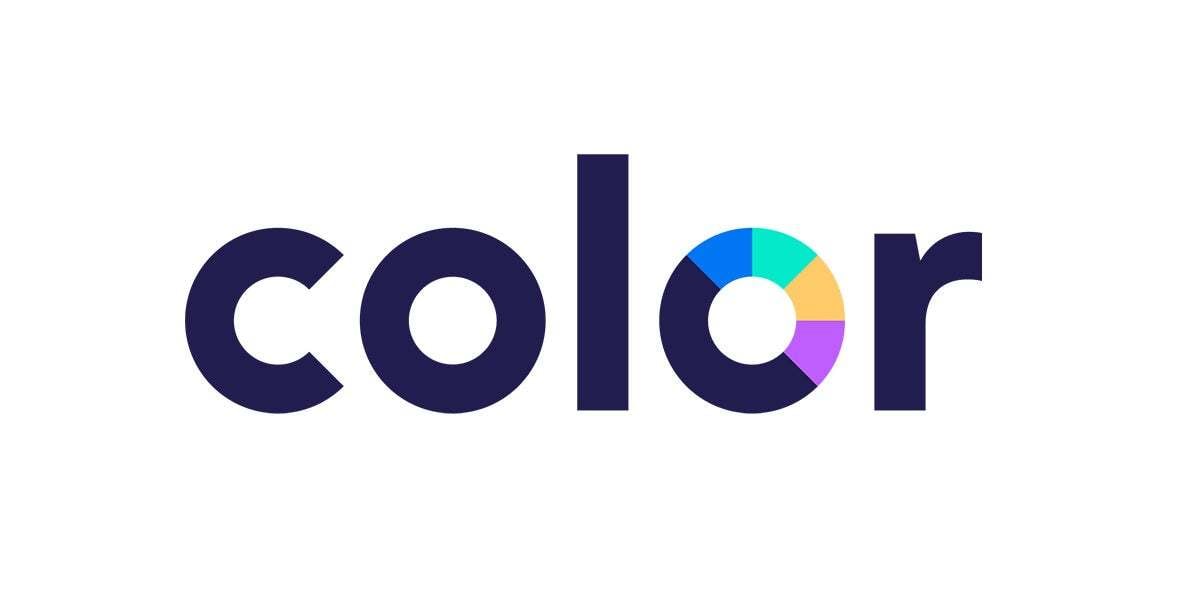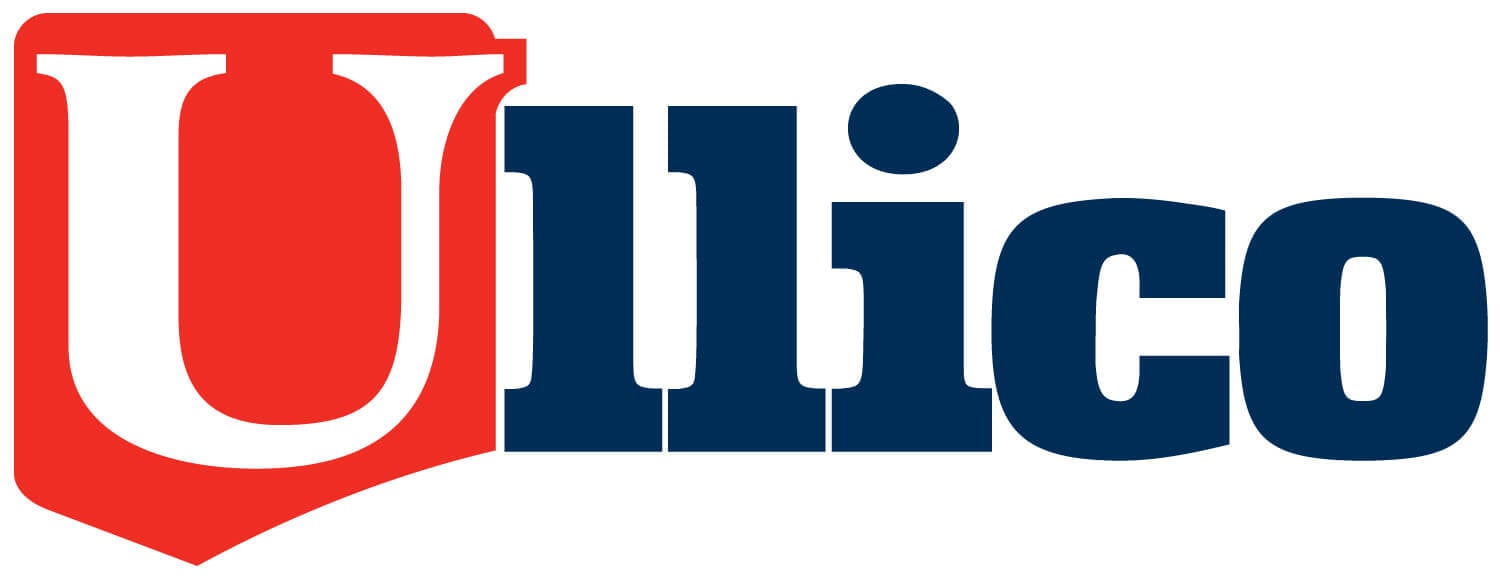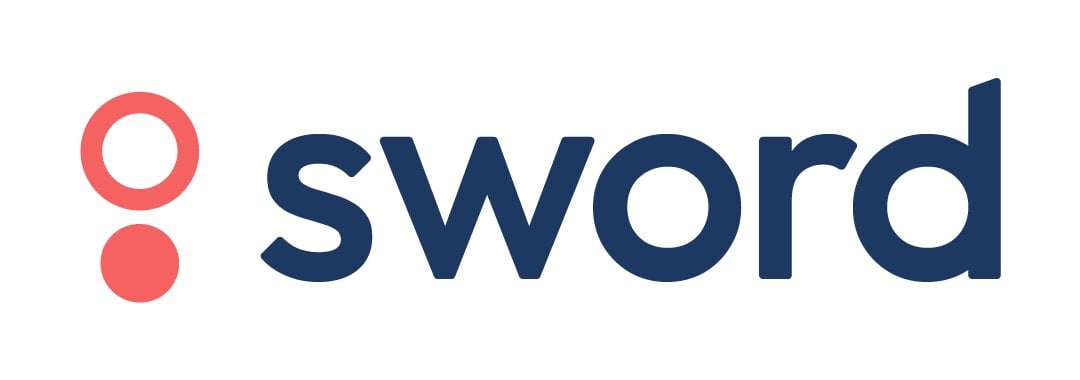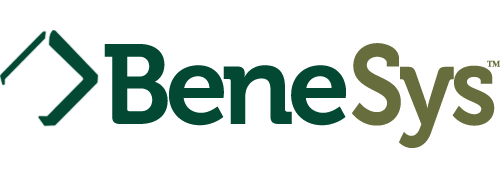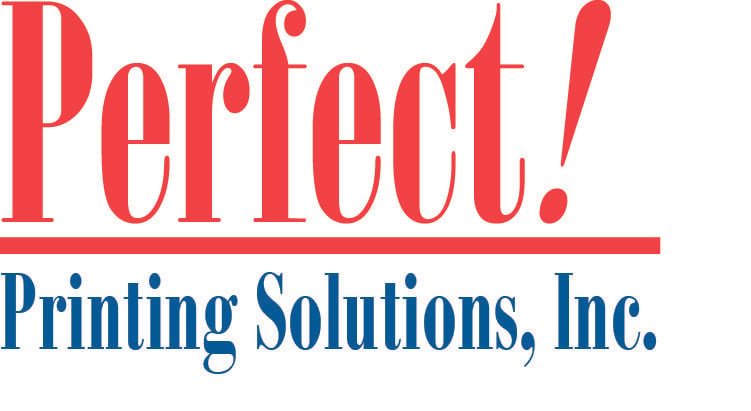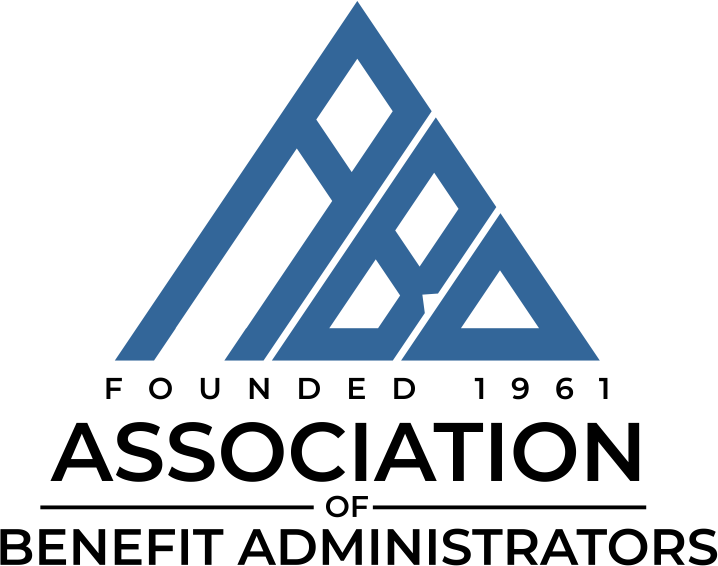5 Smart Money Moves to Make Using Your Tax Refund
March, 2023

With tax-filing season in full swing, if you’re expecting a refund and plan to submit your taxes electronically and using direct deposit, the IRS says your refund could arrive within three weeks. And while some states have extended time to file taxes due to natural disasters, you might not want to wait to file—especially if you’re expecting a refund.
5 Smart Ways to Use Your Tax Refund
Given last year’s average federal tax refund of almost $3,200, you may already be thinking about how you can make the most of money coming back to you this year. Here are five of our favorite strategies for how to use your tax refund in 2023.
1. Add to your emergency fund.
Given that unexpected financial setbacks will occur—a blown water heater, a major medical bill, an expensive car repair—having a well-stocked emergency cash reserve can help keep you afloat or out of unnecessary debt.
One of the tried-and-true ways to build your emergency savings is to fund it slowly over time with monthly automatic contributions. By using your tax refund to make a large lump sum deposit, you’ll reach your goal much faster.
How to save it: Assuming you could regularly contribute $100 a month and your target balance is $5,000, it could take you a little over four years to get there. Next, let’s assume you receive last year’s average federal tax refund of $3,200. If you continue making regular contributions and deposit your entire tax refund directly into your emergency savings fund account, you’d reach your target savings goal in about half that time.
2. Pay down debt.
How would it feel if you could knock out a debt that’s been hanging over your head for far too long? Or what if you could significantly pay down an overwhelming credit card balance? When you use your tax return to pay off debt faster, you can save yourself years of worry and potentially hundreds of dollars in accumulated compound interest.
How to spend it: Suppose you typically pay the minimum owed ($200 for example) toward an outstanding $5,000 credit card balance. Assuming a 15% interest rate on that card, and that you don’t add any more to it, you’ll be paying off that card for six and a half years and shelling out $2,900 in interest before you’re done.
Instead, what if you applied your $3,000 tax refund to that debt while continuing to pay the monthly minimums? You could be debt-free in about two years and save yourself a lot of money that you would have paid toward interest. Now that’s progress.
> ProTip: Need to tackle even more of your higher-interest debt than your tax refund can handle? Try bridging the gap with a personal loan so that you can transfer balances at a fixed, competitive rate.
3. Upskill your income.
Fine-tuning your skills and taking a look around for better opportunities can mean more money in your pocket. The rewards of being more effective in your current line of work, more confident when you ask for that raise, or positioning yourself for a better, higher-paying role is an investment that can pay you back many times over.
How to spend it: Whether you field customer service calls, write code, or clean homes for a living, consider spending part of your tax refund to improve core job skills, or learn something new altogether. This could mean going back to school to obtain a special certification or buying the tools you need to improve your work productivity. No matter what, investing in yourself and improving your skills can help you increase your future earning potential.
4. Reach a big goal faster.
You probably have several medium-to-long-term goals for your cash, such as:
- Covering the cost of your children’s continuing education
- Paying up front for a wedding or other important milestone
- Putting a down payment on a home, or investing in home improvements
- Starting a small business
- Leasing or buying a car
- Setting money aside for a vacation
If you’ve prioritized building a strong financial foundation, most likely you already have a plan in place to reach one or more of your dreams. And when you pour any tax refund dollars directly into your savings goal, you’ll get there much faster.
How to make it happen: If your goal is building savings, opening a dedicated high-yield savings account, CD, or money market account can be a good way to safely grow your dollars while keeping them within easy reach.
5. Boost your retirement funds.
If you’ve got a good handle on your emergency savings, credit situation, and other near-term financial needs, consider maximizing the impact of your tax refund over the long haul by investing it in a retirement account.
How to invest it: Whether you have a 401(k) at work or invest in a Roth or traditional IRA, the longer your time horizon, the more you could see your money grow. Of course, investing comes with a measure of risk, and the market is constantly moving so it’s important you understand the risks of any investment.
The Bottom Line
How will you spend, save or invest this year’s tax refund? Choosing one or more of these smart money moves could make a big impact on your financial future.

